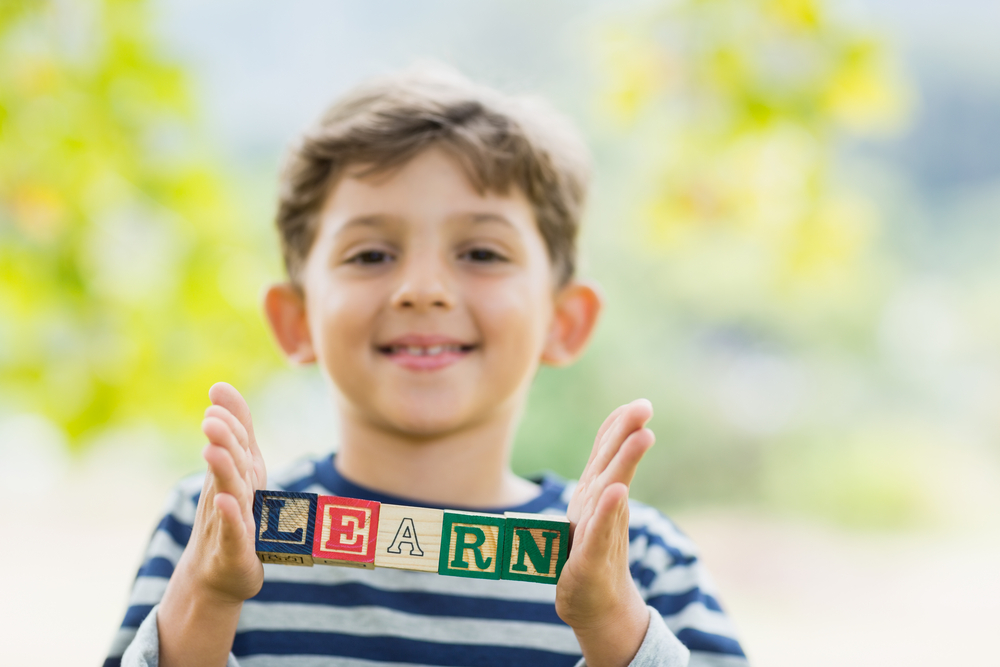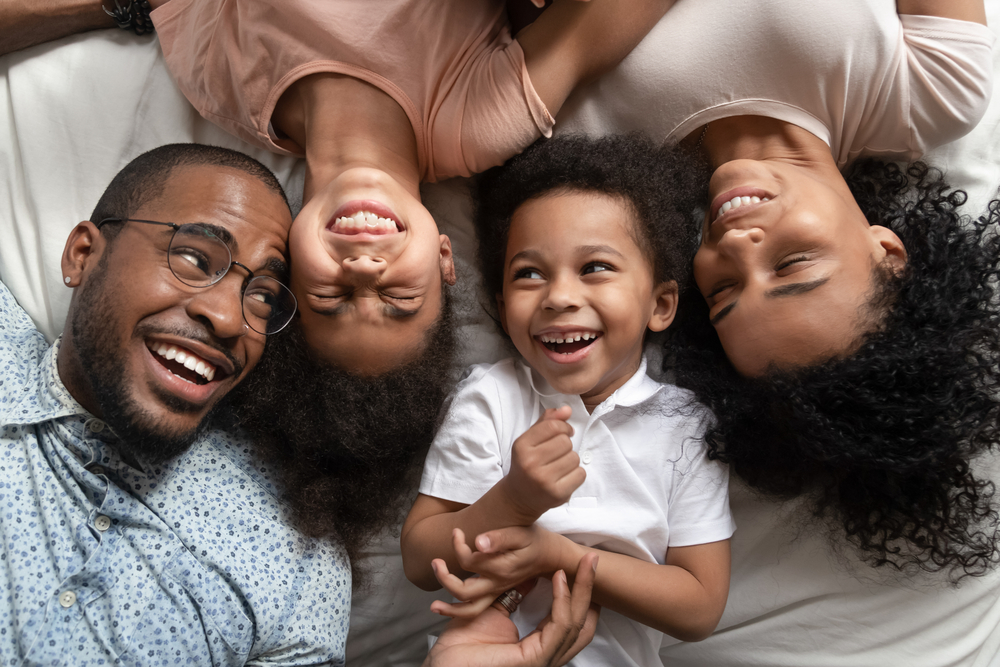Letter-sound correspondence means exactly what the words say: It is the understanding that every letter corresponds to a specific sound or set of specific sounds.
Having a good grasp of letter-sound correspondence is crucial to learning to read. Think back to when you were learning to read. You were probably told to “sound out” words that were hard for you.
This was a good suggestion, but it required your knowing the letter sounds so that you could, sound-by-sound, figure out the unknown word.
That’s because letter-sound correspondence is at the heart of phonics and is the key to cracking the alphabetic code.
Is Learning Letter-Sound Correspondence Important?

This question gets an enthusiastic “yes” from us!
Without a solid understanding of letter-sound correspondence, children will struggle to learn how to read. They can end up relying on memorizing words, which will only work for a short time.
In order to read, then, your child must first see letters in a word, match each letter to a sound, and then blend those sounds to read the word. Eventually, this becomes automatic and reading becomes fluent.
We all know that a rock-solid foundation in the basics will encourage confidence, something your child will need in their toolbelt as they embark on their journey to becoming a strong, independent reader!
6 Fun And Easy Letter-Sound Correspondence Activities

1) Say The Sound
This first activity is simple but fun and effective!
To begin, you’ll give your child a letter. Feel free to use any kind of letter you want — cut one out of cardstock, draw one on a piece of paper, etc. — but those magnetic letters that stick on the fridge may work best.
The goal of the game is for your child to say the sound that matches the letter you hand them. (Hint: you may have to remind your child not to use the letter name but only the letter sound.)
If they say the right sound, they get a point!
To make it more interesting, you can set a specific number of points for your child to reach. Once they reach 10 points, for example, they win the game!
2) Goldfish Toss
For this activity, your child can get a little more physical! If you’d like to give it a try, gather a big bowl and a pile of Goldfish treats (or any other small snack that’s easy to toss if you don’t have Goldfish crackers on hand).
When you’re ready to begin, say the name of a letter and let your child give the matching sound. When they say the correct letter sound, they get to throw a Goldfish cracker into the bowl.
The goal is to fill up the bowl with as many Goldfish as they can. And at the end of the game, you can go straight into snack time!
3) Letter Hop

The best part of this activity is that it gets your child moving and jumping. Not only will their brain be working, but their body will be, too!
For this game, you’ll need several target letters — B, T, and M for instance. Write each one on its own sheet of paper.
To begin, hold up one of the letters and say a sound. If the sound you said matches the letter you’re holding, then your child can make one giant hop toward you. Continue with another letter or repeat the same letter.
As your child gets better at the game, you can say a word instead of a sound. If the first sound in the word matches the letter you’re holding, then your child gets to hop.
The goal is to reach you in less than 10 turns. For even more fun, involve multiple kids and see who can reach you first!
4) Letter-Sound Treasure Hunt

This activity is another simple but effective one. It’s like your child’s very own letter-sound correspondence treasure hunt!
To play, you’ll need several magnetic letters and a pillowcase. Drop all of the letters into the pillowcase, and then say a letter sound.
The goal is for your child to grab one letter at a time — for more of a challenge, doing so without looking! — until they pull the matching letter out of the bag.
5) Limbs And Letters, Oh My!
For this game, your child won’t just hear the letter-sound correspondence with their ears. They’ll make it with their arms and legs, too!
Every time you say a letter sound, your child will try their hardest to twist their body to make the shape of the letter that matches the sound they heard. This is sure to end in fits of laughter as they wiggle across the floor to bend their body into an “S” shape.
You can take turns making shapes with your bodies and contorting yourselves to look just like the alphabet! And feel free to partner up if your child can’t quite make the shape of a letter with only their body.
6) Muffin Pan Challenge
If you’re interested in trying this activity, you’ll need six letters, a muffin pan, and two sets of different small objects (coins and paper clips work great!).
To play, you will use one of the objects, while your child uses the other. You could be coins and your child could be paperclips, for example.
Place a different letter in each cup of the muffin pan. Say the sound of one of the letters and let your child try to drop a paperclip into the right cup. If they succeed, they get to claim that cup!
Next, your child can say the sound of one of the letters and have you toss a coin into the corresponding cup. (It doesn’t hurt if you have a LOT of trouble getting your coin in the right cup!) When you get the letter correct, you claim the cup.
When all the cups are full, whoever has the most items in the pan wins. And then, while you’ve got it out, maybe you can use the muffin pan to make a sweet treat together!
Letter-Sound Correspondence For A Bright Future

We hope that these activities were helpful! Remember, all children are unique. A letter-sound correspondence game that works for one of your children may not do the trick with their siblings.
Don’t fret! There’s a perfect fit for every child. And we know that with you guiding them, your child will master letter-sound correspondence in no time!
At Begin, we’re always here to lend a helping hand, and we would love to be a part of your routine! Our HOMER app offers tons of personalized, effective activities to develop your child’s reading skills — letter-sound correspondence included!













